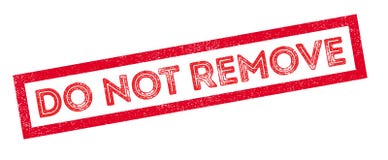Yes, moles are common and almost every adult has a few of them on their body. Adults who have light skin often have more moles but it is normal to have 10 to 40 moles on their skin. Most moles appear on the skin during childhood and adolescence and will grow as the child (or teen) grows.
Some moles will darken, and others will lighten. These changes are expected and seldom a sign of melanoma, the most-serious skin cancer.
For adults, new moles and changes to existing moles can be a sign of melanoma. When caught early, melanoma is highly treatable and that is why it is recommended you have a dermatologist look at them.
3 facts that can help you find melanoma early and get treatment
1. A change to a mole, or a new mole, is often the first sign of melanom
2. You can find melanoma early by doing a self-body exam of your own skin. You’re more likely to spot melanoma early if you know where you have moles and what your moles look like
3. If you see a mole or other spot that's growing, itching, bleeding, or changing in any way, immediately make an appointment to see a dermatologist. For children, moles will increase in size, commensurate with the growth of your child but keep an eye on it if any of these other symptoms occur.
Although moles have a distinct look, they may not look alike. Even on the same person, moles can differ in size, shape, color and have hair. They can appear anywhere on your skin including your scalp, between fingers and toes, soles and palms and even under nails.
If you see a mole or new spot on your skin that falls under any of the ABCDEs of melanoma, immediately schedule an appointment to see a dermatologist:
A = Asymmetry. One half is unlike the other.
B = Border. An irregular, scalloped, or poorly defined border.
C = Color. Is varied from one area to another; has shades of tan, black or brown.
D = Diameter. Melanoma are greater than 6mm (the size of a pencil eraser) when diagnosed but can be smaller.
E = Evolving. A mole that looks different from the rest or is changing in size, shape or color.
Other problems with moles
A mole can be a problem if it snags on jewelry, is easily irritated and looks unattractive to you. A mole can rise above the surface of your skin and if clothing or jewelry rubs against it or gets caught on it, it can irritate the mole and the mole and skin around it feels uncomfortable.
Some people consider a mole more of a blemish than a beauty mark and it can be a problem if it makes you feel uncomfortable but its best to have a dermatologist examine it and decide whether it needs to be removed or not.
 Removing a mole on your own can do more harm than good
Removing a mole on your own can do more harm than good
Home remedies can do more harm than good. Pastes that you apply to the mole can cause an allergic skin reaction, leaving it red and raw and you’ll usually still end up with the mole. Shaving a mole, can cause serious infection or a scar. And if you tattoo over a mole, it can be hard to see any early signs allowing melanoma to develop, giving it time to grow and spread, thus making treatment more difficult.
Schedule an appointment with a dermatologist who can remove most moles during an office visit. During the visit, they can also check for signs of melanoma. If it is found, you will get the treatment you need. Finding out the mole is harmless can provide you with peace of mind.
Need an appointment to address your skin concerns? Call (610) 288-2908 or schedule online.
Source: American Academy of Dermatology
Dr. Richard Cordova, M.D.
July 2, 2018





